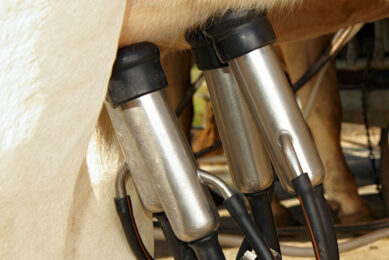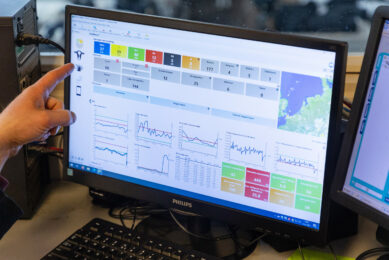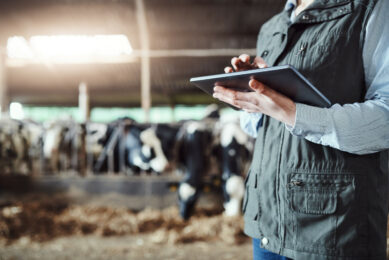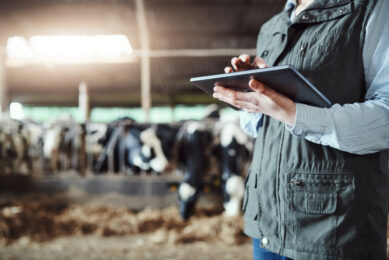New approach: Optimised precision feeding in dairy
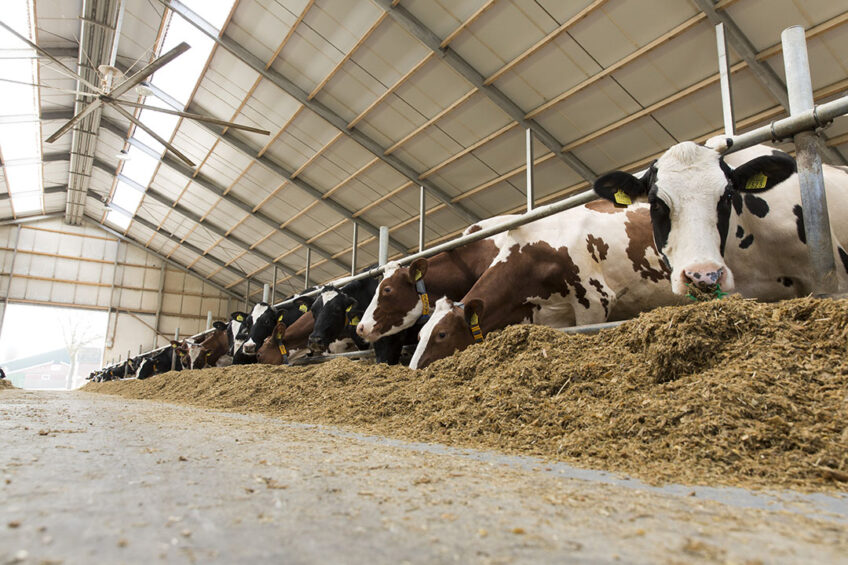
A new approach in Canada combines machine learning algorithms with existing ‘mechanistic modelling’ to create a new world of precision for digitised dairy farmers.
Precision feeding in dairy cattle is progressing on several fronts around the world, and in Canada, the development of a new, highly-innovative system is well underway.

Precision feeding takes two overall forms, explains Dr Jennifer Ellis, assistant professor in Animal Systems Modelling at the University of Guelph in Ontario. It can involve feeding to meet the requirements of individual animals or small categories of animals. It can also target nutrient delivery to individual animals to meet goals like improved efficiency, reduced feed waste or reduced environmental impact (lower greenhouse gas emissions, less excess nutrient excretion, etc.).
Hybridized model
Right now, Ellis and her colleagues are 18 months into developing a hybridized model that can be used to optimise cow performance and the forecast of performance, and also enable a look at how changes to feed, environment factors and more can play out. This hybrid model combines artificial intelligence (machine learning) with ‘mechanistic modelling,’ a type of modelling approach that deals with large amounts of data.
Ellis notes that models take advantage of the ‘huge advances’ that are being made “in the development of all sorts of sensors and digital tools on the farm to improve animal identification, daily bodyweight measurement, activity, health event detection, etc.”
Different strengths combined
To combine machine learning (ML) and mechanistic modelling (MM) into 1 new model is to combine the strengths of these individual programming approaches.
Machine learning has strengths in forecasting future animal performance based on past performance. Mechanistic models offer ‘opportunity analysis’ and ‘decision support’ to do things like formulate diets for individuals or groups of animals, and to explore different hypothetical feeding and management scenarios.
Some other researchers have explored the ‘blending’ of these 2 approaches within the precision nutrition arena, Ellis reports, but these systems remain largely researched-focussed. (In addition, she notes that precision feeding systems are more advanced in swine and poultry compared to dairy at this time.)
Challenges are becoming more manageable
Besides combining strengths of ML and MM, integrating them into a new hybrid precision feeding model obviously also takes us well beyond the conventional modelling approaches to precision feeding that have developed to this point. These approaches have been limited in utility in that they have a ‘manual’ nature. That is, they have time-consuming input requirements, a lot of front-end development time, and extensive training requirements for both system developers and end-users.
At the same time, mechanistic models, on their own, have been criticised in relation to the types of data inputs they require to work well, as well as the degree of accuracy and the amount of inputs. However, as data gathering becomes more prevalent, these challenges become more manageable.
For example, Ellis and her colleagues point out that extensive characterisation of feed parameters is now increasingly available via rapid analysis technologies. In addition, there are now in-pen/walk-over weigh scales that allow frequent weight data collection. There are also many commercialised ‘wearable’ technologies that now allow the monitoring of animal feeding activity and overall behaviour patterns.
There are also several ‘biosensor’ systems on the market that allow data collection and monitoring of the internal environment in the animal’s body. Lastly, environmental sensors have advanced substantially and now allow real-time collection of temperature, humidity, air quality, etc.
Challenges with data
Data (existing data streams) for the project are being provided in-kind from Trouw Nutrition Global R&D and include individual animal data on performance (milk yield kg/d, milk fat/protein/lactose content), animal bodyweight (kg), animal body condition score, days in milk (DIM), parity, in-barn temperature/humidity, DMI (kg/d), diet formulation and diet ingredient nutritional composition. Additional sensor data (e.g., activity) may also be available.
Of all types of data needed for the hybrid model to accurately predict cow nutrition needs and more, it’s ‘notoriously difficult’ to collect, analyze and predict DMI. So, before the hybridization of ML and MM can occur, the existing MM has to be modified to receive real-time sensor data. This will require modification to the ‘time-step’ of the model from day even down to the minute, and other steps.
The MM will also need to be deployed in cloud-based data pipelines, and the reliability and error around sensor data pre-interpreted by ML will need to be established. The MM will need to be ready to manipulate different data types such as activity, behaviour and health data.
Progress so far
Ellis reports that over the last year and a half, steady progress has been made in developing the building blocks required for the creation of the hybrid model.
“These building blocks include data preparation and pre-processing (preparing the data we have for use in model development – cow-level farm data is messy) and development of an ML model to predict DMI that will likely be published later this year,” she says. “In addition, we’re developing a ML model to predict milk yield and composition, also likely to be published this year. Lastly, preparation of the MM to handle large volumes of simulations.”
As the year progresses, “the fun stuff” – the exploration of how to combine ML and MM tools – “will really begin,” says Ellis.
On the farm
Modelling can certainly be used in all types of production settings, from simple to cutting-edge in terms of data, but farms without much digitisation are obviously limited to the use of simpler models (and simpler output in terms of trying to improve herd management). In a 2020 paper, Ellis and her colleagues reviewed farm categories within which different types of models could be applied:
- Farm with no digitalisation – simple empirical models can be used to address major production issues with easily-manipulated equations and minimal data input.
- Farms with manual data input – a mechanistic model could be used, with a custom-developed ‘front-end’.
- Farms with 1 or 2 data streams – mechanistic models could be employed, enabling the automatic input of data.
- Farms where different data sources are combined with management systems delivering real-time data – mechanistic models can be used, and some of their ‘simulation’ functions could be replaced by incoming real-time data.
- Farms that are fully digitised – such farms can use what Ellis and her colleagues are developing: a hybrid model that gathers and analyses data and automatically implements generated recommendations.
“Indeed, the first thing we need to implement for such a system [as ours] is knowledge of the individual animal via RFID tags, robots/sensors reporting on productivity, activity, etc.,” she says. “In this respect, it’s unlikely [that our system would] be adopted by the entire dairy industry.”
Ellis finds it fascinating how models and digital tools of all types can be used to improve economics, performance, efficiency, health and sustainability of animal production systems.
“On a personal note,” she adds, “it requires a multi-disciplinary skill set – animal science, math, programming, stats – and tenacity for solving biological and digital problems that are both challenging and rewarding.”



